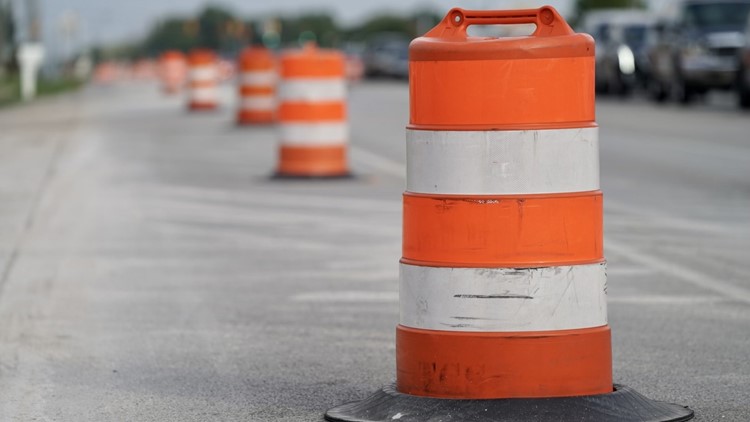HARRISBURG, Pa. — The Pennsylvania Transportation Commission has adopted the 2025 12-Year Transportation Program (TYP).
The plan anticipates that $88 billion will be available for the next 12 years for improvements to roads, bridges, transit systems, airports, railroads and active transportation. This is a reported increase of more than 5% from the 2023 TYP.
The newly adopted program, which takes effect October 1, 2024, anticipates the following funding availability in the first four years of the TYP from federal, state, and local sources:
- $16.4 billion for state highway and bridge projects
- $12.5 billion for public transit
- $352 million for multimodal projects
- $236 million for rail freight
- $175 million for aviation
The TYP, PennDOT’s official mid-range planning tool, lists statewide planned projects across all modes of transportation and assigns funding over 12 years. The TYP also highlights some of PennDOT’s initiatives and accomplishments over the past two years, ranging from the modernization of train stations to implementing innovative strategies and the latest technologies to enhance safety and efficiency, according to officials.
“Transportation planning is a lengthy and collaborative process. By the time a new project starts in your neighborhood, it’s already several years old,” said PennDOT Secretary Mike Carroll. “PennDOT is always seeking ways to improve transportation infrastructure, and we look forward to putting the next 12 years of improvements into motion for travelers around the state.”
Now that the STC has adopted the update, it has been submitted to the Federal Highway Administration (FHWA) and the Federal Transit Administration for review. The FHWA coordinates with the U.S. Environmental Protection Agency to review the plan’s conformity with air quality requirements.
Public input early in the TYP planning process played a key role in identifying investments in the various transportation modes.



